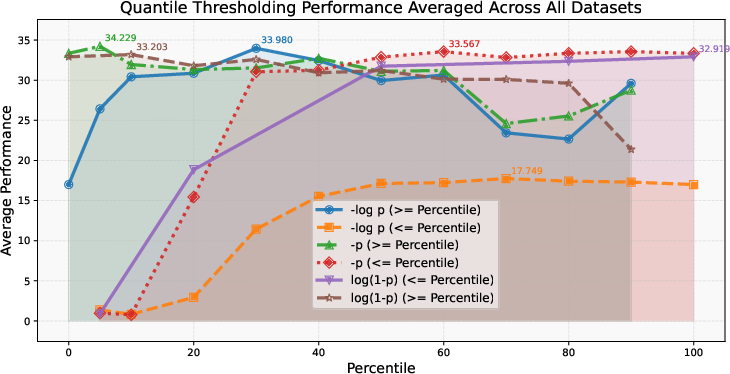- The paper introduces probability-based objectives that leverage strong model priors to refine predictions and outperform negative log likelihood in Model-Strong settings.
- It demonstrates that NLL remains effective in Model-Weak scenarios while highlighting the need for adaptive strategies in Model-Intermediate cases.
- Experiments in domains such as mathematical and medical reasoning validate the continuum approach, offering actionable insights for fine-tuning large language models.
Beyond Log Likelihood: Probability-Based Objectives for Supervised Fine-Tuning across the Model Capability Continuum
Introduction
The paper addresses limitations in the traditional approach of using negative log likelihood (NLL) as the objective for supervised fine-tuning (SFT) of LLMs. It proposes probability-based objectives as a more effective alternative, particularly when the models have been pre-trained on vast datasets, already encoding substantial prior knowledge.
Model-Capability Continuum
The effectiveness of different objectives depends on the model-capability continuum—a spectrum defining model strength based on how well pre-trained models can leverage prior knowledge. This continuum is divided into three categories:
- Model-Strong (MS) End: Models in this category have strong prior knowledge. Probability-based objectives that down-weight low-probability tokens, such as −p and −p10, significantly outperform NLL.
- Model-Weak (MW) End: For models with weak priors, NLL remains favorable due to its ability to broadly learn from all tokens.
- Model-Intermediate (MI) Region: No single objective dominates, highlighting the need for adaptive approaches.

Figure 1: The model capability continuum of SFT objectives in Post-Training. At the model-strong (MS) end, where base models already encode extensive priors, prior-leaning objectives consistently outperform NLL. The standard NLL dominates in the model-weak (MW) end.
Experimental Setup
The experiments validate the continuum view across domains like mathematical reasoning, medical reasoning, and textual puzzles. Various models, such as LLaMA-3.1-8B and Qwen2.5-Math-7B, were trained using AdamW with results showcasing distinct performance patterns along the continuum.
Main Experimental Results
Model-Strong End: In this scenario, −p consistently outshines NLL by leveraging strong priors to make informed predictions, focusing on refining high-probability tokens and diminishing the influence of noise from low-probability predictions.
Model-Intermediate Results: There is no significant difference between −p and NLL in medical reasoning tasks. This neutrality suggests that when priors are balanced, improvements in performance may depend more on other factors such as data quality.
Model-Weak End: NLL's emphasis on low-probability tokens helps correct errors by spreading learning broadly across predictions, essential in domains with weak prior support, such as textual puzzles.
Theoretical Insights
A theoretical analysis establishes the conditions under which prior-leaning and prior-averse objectives outperform each other. The paper shows that prior-leaning objectives excel when strong priors exist, while prior-averse objectives are preferable where priors are inadequate.
Conclusion and Future Directions
The paper suggests a shift from fixed objectives to adaptive strategies that cater to the model's prior knowledge, capable of dynamically evolving during training. Future work could focus on integrating domain-specific supervision and exploring curriculum-style adaptation techniques.

Figure 2: Performance under quantile thresholding for −log(p), −p, and log(1−p). Qpercentile is the predicted probability threshold used for experimenting with the emphasis on probability ranges.

Figure 3: Analysis of MS and MW ends in terms of objective convexity and likelihood estimation. Highlights the contrasting performances of concave versus convex objectives across model capability spectrum.


